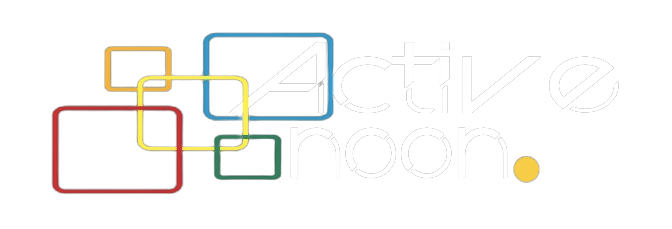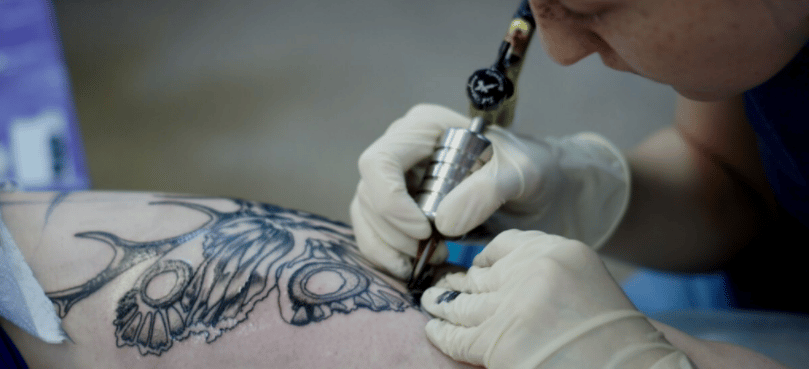Businesses and brands must communicate and convey their messages clearly and precisely since more eyes watch them than ever due to the increased online marketplace and audiences. A brand or company is easily recognised when distinguished from others, specifically by presenting a unique logo.
However, sometimes highly skilled designers and design agencies need help when they oversee simple and small mistakes while designing logos. The designers don’t even realise that these drawbacks of the logo design process have sabotaged their complete process of logo design, affecting its final output.
But, BrandVillage, offering Melbourne’s finest logo creation services, helps people learn the ten primary and simple drawbacks that brands often skip during the logo design process and help them overcome them.
10 Drawbacks Of Skipping Logo Design Process For Brands
1. Limited Research
A logo design aligns inadequately with the competitors, market trends, and target market of the brand when their research is limited. It can lead to a logo layout that does not create a lasting impression and needs to be more relevant.
Solution:
You must invest time in comprehending the target market and audience, competitor analysis, and market research. Collecting feedback from potential clients and stakeholders will help you gather valuable knowledge.
2. Avoiding Intuitive Process
The brand’s essence and core values lack meaningful representation and uniqueness when a logo creation’s creative and intuitive process is avoided.
Solution:
Encouraging creativity and embracing brainstorming sessions will help the professional designers and design team overcome this drawback. You must also allow designers to explore and experiment with different design concepts.
3. Confused Terminology
When a logo’s message is not communicated, it creates confusion and makes audiences misinterpret and misunderstand the objectives and vision of the brand.
Solution:
Effective communication must be fostered among the designers and representatives of the brand to represent the brand message. Using design briefs, mood boards, and visual aids will clearly articulate the vision of a company or a brand.
4. Similar Typography For Content And Word Mark
Using similar or generic typography for wordmarks and content will create a logo design’s uninspiring and monotonous appearance.
Solution:
Modifying existing fonts and investing in customised typography will help you design a distinguished and beautiful wordmark. You must be careful that the selected font complements the logo’s visual elements and aligns well with your brand’s personality.
Also read: How Effective Is Logo Design Using AI Logo Maker?
5. Generic Imagery Usage
A logo cannot create a lasting impression and lacks originality when readily accessible icons or symbols are used.
Solution:
It would help if you reached out to experienced designers to design customised imagery perfectly individualised to the identity of your brand or business. Your brand will be distinguished in the competition when the incorporated relevant and unique elements resonate well with the potential clients and perfectly reflect the values and vision of your business.
6. Avoiding Appropriate Imagery
A logo fails to effectively convey your brand message when the design process is improper and appropriate imagery is avoided.
Solution:
You must participate in thorough visual exploration and brainstorming sessions to incorporate and identify ideal imagery that perfectly aligns with the values and offerings of a brand or the company.
7. Avoiding Flexibility
Adaptability over various mediums and platforms and versatility of a logo design are often lacking when the logo is designed hurriedly.
Solution:
Considering signage, merchandise, print materials, digital media, and other applications during the logo design will help you create flexibility. You must design a logo that maintains visual appeal and is recognised irrespective of colour or size restrictions.
8. Designed By Novice
Relying on inexperienced or novice designers or agencies can result in a design that cannot create a lasting impression.
Solution:
Hiring professional and experienced designers or skilled teams will create a strong and effective logo design. Besides, design agencies that design high-quality logo designs with creativity will help your brand stay distinguished.
9. Using Raster Images
Avoiding vector format and using raster images for logo layout will affect its visual quality and limit scalability.
Solution:
You must always use vector format while creating a logo design to maintain its quality. From enormous billboards to small icons, logos with vector graphics are suitable for several applications since you can resize them to every scale.
10. Relying On Colour
Excessive colour reliance in logos is ineffective if you produce them in grey, white, or black scale.
Solution:
Your logo composition and design must remain strong even with less colour reliance. This design type will maintain the impact across several printing scenarios and situations.

Conclusion
Encouraging designers to seek clarification and discuss concerns will help you create a mutual understanding of the demand and requirements of a logo design. Besides, distinctiveness and visual interest will be added when you differentiate the typography, and content, maintain flexibility, appropriate imagery, etc., which will let your logo set apart.
So, avoiding some drawbacks highlighted by BrandVillage through this guide will help you design a successful logo.



















Leave a Reply